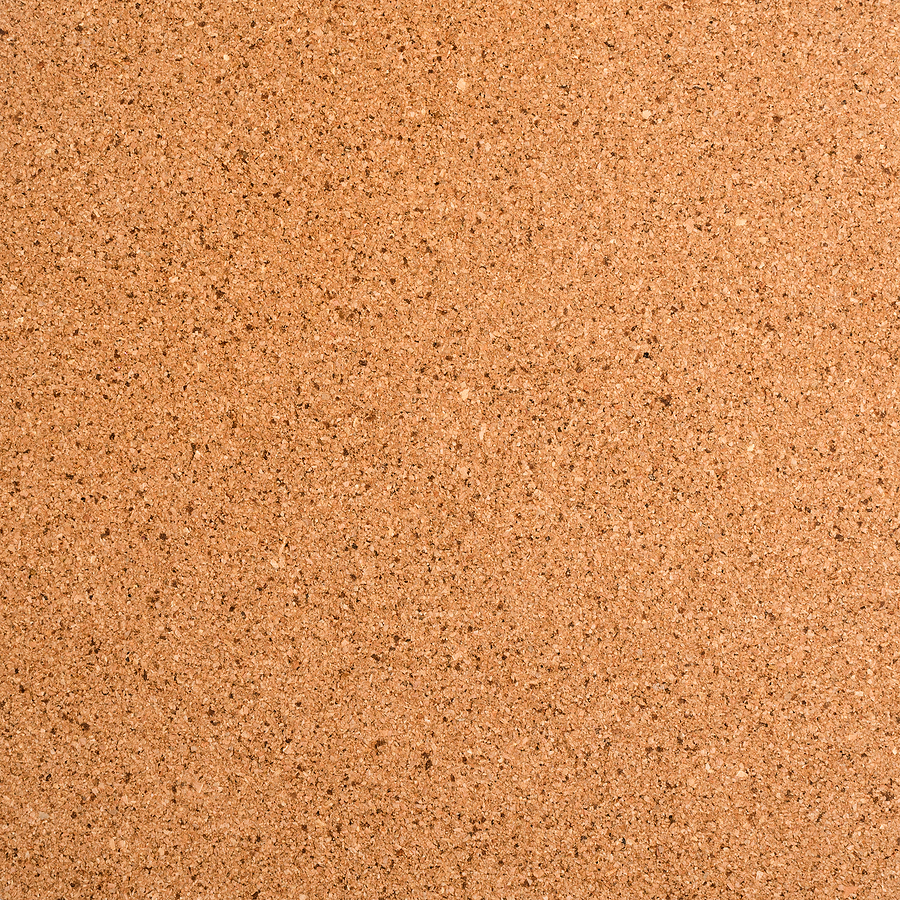
A cork filler board has many uses on construction sites and for construction purposes. It is made of a material that can expand with concrete joints in order to provide permanent protection. The cork filler board is made from tree material which is stripped then washed and treated. The result is then mixed with resins, granulated and compressed into blocks which creates the cork filler board. It has many uses and is a very durable material. As it is a natural-based product, it has the ability to withstand a whole host and variety of natural and environmental conditions, making it ideal for protection and for construction work. During daily temperature and climate changes, concrete can expand and withdraw. A cork filler board is used as it can adapt to these changes accordingly and prevents the concrete from bursting or cracking.
For this reason, it has many applications for residential and commercial construction and the range of these applications is huge. This can include footpaths, reservoirs, dams, driveways, brick walls, wet areas, water tanks, swimming pools, bridges and highways, airport runways and so much more.

A cork filler board is not like the material that comes in wine and champagne bottles. This material would be considered soft in comparison. It is processed properly so that it becomes a semi-rigid material that has the ability to withstand heavy traffic from motor vehicles. Vehicles that are moving over the cork filler board will not tear the joint, showing how strong the material really is. However, the material has the ability to bend within its own length, making it flexible enough for construction work and adaptability. This flexibility allows it to be bent and placed into shape for concrete structures, which makes it accessible for workers. Its flexibility in combination with its strength and durability makes it a perfect material for the joints and protection of concrete structures which might otherwise be affected by weather and/or heavy traffic.
The cork filler board should be watered once it has been placed within the concrete structure and the concrete. Watering is a technique used to help the material expand if need be. If the material needs to expand to fit the concrete structure, the concrete should be set and then the material watered once a day for 3 days in order to achieve maximum expansion. The cork filler board has the ability to expand up to 25% of its original size. This means that any structures it may not originally fit can have the material expanded to fit it.
This further shows the flexibility and adaptability that the material has and how it would be useful in a construction sense. Furthermore, it is also resistant to water and fungus and is chemically inert, making it more durable than ever and able to withstand not only the weather conditions but also other conditions which would otherwise erode other materials, further proving its durability and application in construction work.
The storage of the cork filler board should be placed in a dry area and left in the packaging that it came in. It should only be taken out when you want to use it and if there is any excess material left over then it should be sealed again and stored in a dry place for further use.
In summary, the cork filler board is a very useful material for construction work. This is due to its adaptability and flexibility as well as its strength and durability. The cork filler board should be used as the tool it is, generally for joints and protecting concrete structures.






